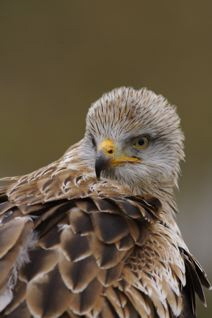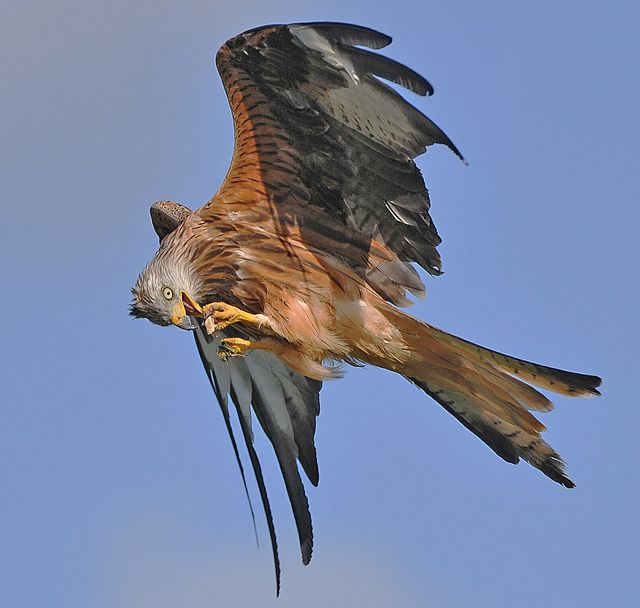

Given the morphological distinctness of the Cape Verde birds and that the Cape Verde population was isolated from other populations of red kites, it cannot be conclusively resolved as to whether the Cape Verde population was not a distinct subspecies (as M. This interpretation is problematic: mtDNA analysis is susceptible to hybridization events, the evolutionary history of the Cape Verde population is not known, and the genetic relationship of red kites is confusing, with geographical proximity being no indicator of genetic relatedness and the overall genetic similarity high, perhaps indicating a relict species. A mitochondrial DNA study on museum specimens suggested that Cape Verde birds did not form a monophyletic lineage among or next to red kites. The question whether the Cape Verde kite should be considered a distinct species ( Milvus fasciicauda) or a red kite subspecies has not been settled. The red kites on the Cape Verde Islands are (or rather were) quite distinct in morphology, being somewhat intermediate with black kites. The red kite has been known to successfully hybridize with the black kite in captivity where both species were kept together, and in the wild on the Cape Verde Islands and infrequently in other places. The genus Milvus contains two other species: the black kite ( M.

fasciicauda Hartert, 1914 – Cape Verde Islands milvus (Linnaeus, 1758) – Europe and northwest Africa to the Middle East In 1799 the French naturalist Bernard Germain de Lacépède moved the species to the genus Milvus creating the tautonym. The word milvus was the Latin name for the bird. The red kite was described by the Swedish naturalist Carl Linnaeus in 1758 in the 10th edition of his Systema Naturae under the binomial name Falco milvus. 2.1 Differences between adults and juveniles.Red kites usually breed for the first time when they are 2 years old, although exceptionally they can successfully breed when they are only 1 year old. The young spend a further 15-20 days near the nest being fed by their parents.

The nestlings begin climbing onto branches around their nest from 45 days they rarely fledge before 48-50 days and sometimes not until they are 60-70 days of age. Later both parents bring items of food that are placed in the nest to allow the chicks to feed themselves. The female broods them for the first 14 days while the male brings food to the nest which the female feeds to the chicks. The chicks hatch altricial (helpless) and are cared for by both parents. The male will also bring food for the female. Incubation is mainly done by the female, but the male will relieve her for short periods while she feeds. The eggs are non-glossy with white ground and red-brown spots. The female lays 1 to 3 eggs but 4 and even 5 eggs have occasionally been recorded. The nest is lined with grass and sometimes also with sheep's wool. The male brings dead twigs that are placed by the female. A pair will sometimes use a nest from the previous year and can occasionally occupy an old nest of the common buzzard. The nest is usually placed in a fork of a large hardwood tree at a height of between 12 and 15 m (39 and 49 ft) above the ground. Red kites are monogamous they mate for life and breed from March till May.


 0 kommentar(er)
0 kommentar(er)
